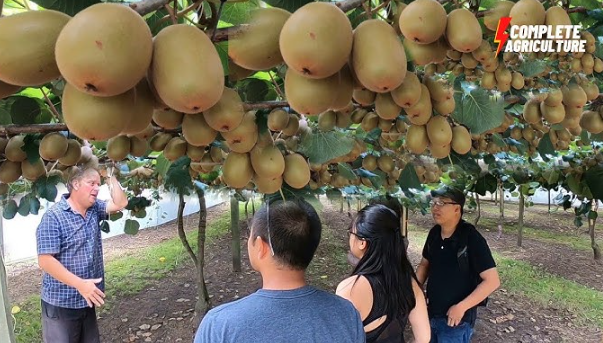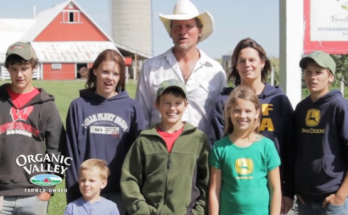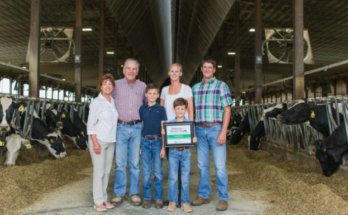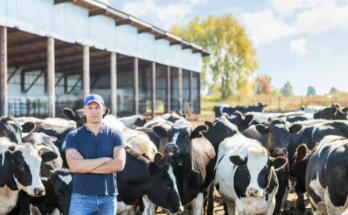Welcome to our latest video on How to process kiwi fruit harvesting, picking, and packing in a processing factory. In today’s episode, we’ll take you behind the scenes of a modern processing factory where kiwi fruits are carefully handled from harvest to packaging. This video is perfect for farming enthusiasts and anyone curious about the high-tech steps involved in bringing delicious kiwi fruits to your table.

**Kiwi Fruit Harvesting, Picking, and Packing in a Processing Factory**
Kiwi fruit, known for its tangy flavor and high vitamin C content, is a popular fruit that requires careful handling from harvesting to packing. The process involves several steps, including picking the fruit at the right time, transporting it to processing factories, and packaging it for sale in stores worldwide. Successful kiwi farming and processing rely on careful timing, labor, and state-of-the-art facilities, ensuring the fruit reaches consumers in optimal condition.
**Harvesting and Picking Kiwi Fruit**
The harvesting process begins when the kiwi fruits reach full maturity. Kiwi fruits are typically harvested in late autumn or early winter, depending on the variety and the climate of the region. Farmers wait until the fruit has reached its desired size and sugar content, ensuring that it will ripen correctly. Unlike many fruits, kiwi fruits are usually picked when they are still firm to avoid bruising during transport. The harvest is usually done manually, with workers using ladders and picking poles to carefully collect the fruit from the vines. Since kiwi fruits grow in clusters, workers must handle each piece delicately to avoid damaging the skin or flesh.
Farmers carefully monitor the condition of the fruit, testing for sugar content, size, and firmness to determine the best time for picking. If harvested too early, the kiwis may not ripen properly, and if harvested too late, they may become overripe and prone to spoilage. Once picked, the kiwi fruits are placed in crates or bins and immediately transported to processing facilities for further handling.
**Processing Kiwi Fruit in a Factory**
Once the kiwi fruits arrive at the processing factory, the first step is usually to clean the fruit. This involves removing dirt, leaves, or any residual pesticides. In many processing plants, automated washing systems are used to clean the fruit in a gentle manner to avoid bruising. After washing, the fruits are sorted based on size and quality. This step is often automated, with high-tech machines using optical sensors to identify damaged or overripe fruit, which are removed from the batch.
The next step in processing involves ripening the fruit. Kiwi fruits are stored in controlled environments where the temperature and humidity are carefully regulated to ensure even ripening. This process can take anywhere from several days to a week, depending on the specific needs of the fruit. During this time, the starch in the kiwi fruit converts into sugar, improving its flavor and sweetness.
Once ripe, the kiwi fruits are ready for packing. In large processing facilities, packing is often semi-automated, with workers placing the kiwis into trays or packaging containers. The fruits are carefully packed to avoid damage during transit, with special attention given to ensuring the fruit is not bruised or compromised in any way. Packaging typically involves using protective materials, such as foam inserts or breathable plastic, to maintain freshness during shipping. Kiwi fruits are often packed in cartons, which are labeled with essential information like the country of origin, the variety, and nutritional information.
**Budget, Spending, and Success in Kiwi Farming and Processing**
Kiwi farming, like all agriculture, requires significant investment in land, labor, and infrastructure. Processing factories also need specialized equipment for washing, sorting, ripening, and packaging the fruit. The release of financial support or budget allocations to farmers often helps them offset the costs of these operations. Many countries, including New Zealand (one of the world’s largest kiwi producers) and the United States, offer subsidies or grants to help farmers and processing plants upgrade equipment, implement sustainable practices, and manage costs.
For instance, the U.S. Department of Agriculture (USDA) provides financial support to growers through various programs, helping them invest in technologies that increase efficiency or reduce the environmental impact of farming. These funds might be allocated to renewable energy solutions, water-saving irrigation systems, or machinery that improves harvest yield. Timely release of these funds ensures that farmers and processing plants can continue to operate smoothly, without disruption to the harvest cycle.
In terms of success, kiwi farming and processing are highly profitable when managed well. The global demand for fresh, healthy fruits like kiwi continues to rise, providing farmers with opportunities for growth. However, success depends on optimizing harvesting techniques, ensuring fruit quality, and maintaining efficient processing and packaging systems. Greenhouse technologies and precision farming techniques are also helping farmers increase yields and extend the growing season, contributing to the industry’s success.
**Resources for Farmers and Available Support**
Farmers and processors can access various resources to improve their operations. Government agricultural agencies, such as the USDA or local agricultural departments, often provide grants or low-interest loans for farm modernization and improvements in fruit quality. Private organizations and cooperatives also offer assistance with marketing, technical support, and sustainability practices. Additionally, kiwi farmers can participate in industry associations, which provide valuable networking opportunities and resources for improving production efficiency.
In conclusion, the process of harvesting, picking, and packing kiwi fruit in a processing factory is a highly coordinated effort that requires careful planning, labor, and technology. Financial support and timely budget releases play a crucial role in the success of kiwi farmers and processing plants, helping them maintain a steady supply of high-quality fruit for global markets.




